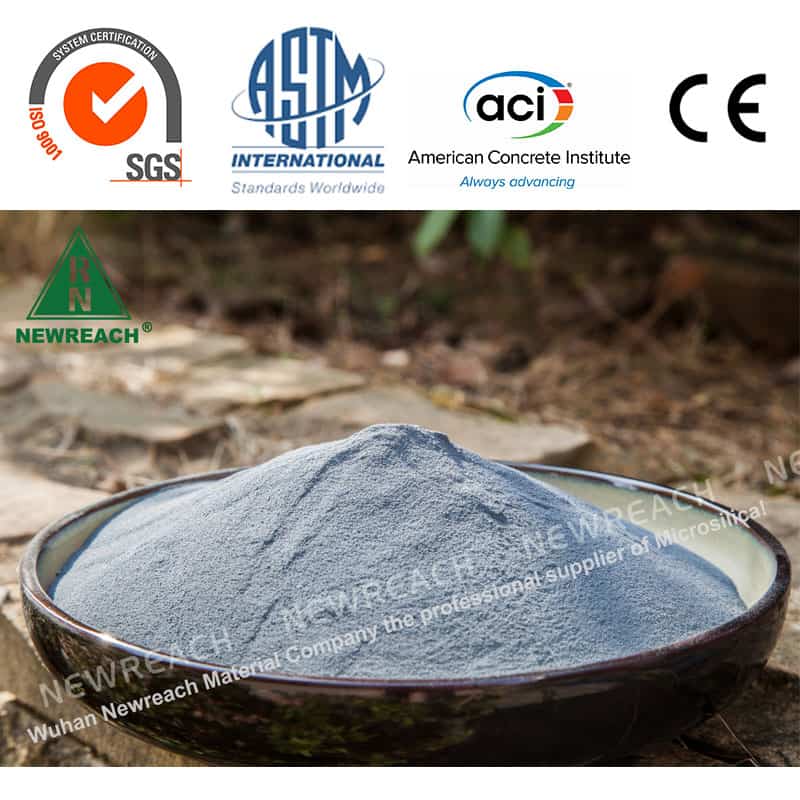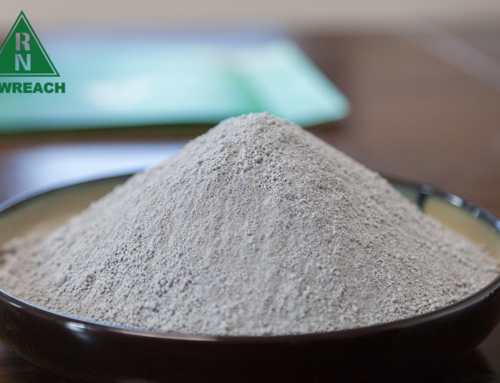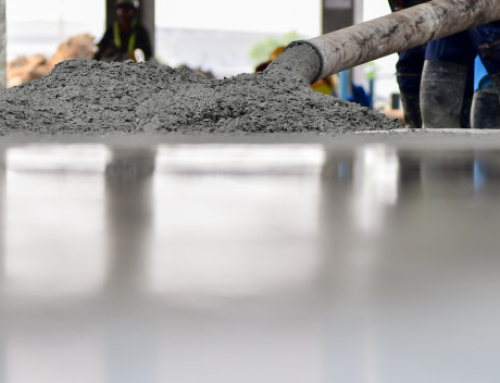Chemical properties of silica fume:
— Amorphous;
— Silicon dioxide > 85%;
— Trace elements depending upon kind of fume
Silica fume particles are incredibly small, with over 95 percent of the particles being less than 1 um (a single micrometer). Size is extremely important for both the chemical and physical gifts of microsilica in concrete.
Trace elements:
Trace components: There may be substances from the silica fume depending upon the metal being produced in the smelter from. These substances don’t have any impact on the performance of silica fume in concrete.
Amorphous:
This term simply means that silica fume isn’t a crystalline substance. A crystalline material won’t dissolve in concrete, which must happen before the material could react. Don’t forget there is a crystalline material in concrete that’s chemically similar to silica fume. That material is sand. While sand is basically carbon dioxide (SiO2), it doesn’t react because of its crystalline nature.
Silicon dioxide (Si02):
This is the reactive material in silica fume.
Physical properties of silica fume:
Particle size.
Silica fume particles are extremely small, with more than 95% of the particles being less than 1 µm (one micrometer). Particle size is extremely important for both the physical and chemical contributions (discussed below) of silica fume in concrete. A photograph of portland cement grains and silica fume particles is shown in Figure.

Bulk density.
This is just another term for unit weight. The bulk density of the as-produced fume depends upon the metal being made in the furnace and upon how the furnace is operated. Because the bulk density of the as-produced silica fume is usually very low, it is not very economical to transport it for long distances.
Specific gravity:
Specific gravity is a relative number that tells how silica fume compares into water, which includes a particular gravity of 1.0. Silica fume specific gravity is 2.2, which is somewhat lighter than portland cement, which includes a particular gravity of 3.15. Adding silica fume to concrete mix will not density the concrete.
This expression means that silica fume isn’t a substance that is crystalline. A material will not dissolve before the substance could react in concrete, which must occur. Don’t forget that there is a crystalline material in concrete that’s chemically similar to silica fume. That substance is sand, while sand is basically silicon dioxide (SiO2), it doesn’t respond because of its crystalline nature.
Specific surface:
The particular surface is the surface area of a given mass of a substance. The surface region is large because the particles of silica fume are small. We know that water demand increases for sand as the particles become smaller; the same happens for silica fume. This simple fact is why it is necessary to utilize silica fume in combination. Specific surface determinations based on air-permeability testing or analysis are meaningless for silica fume. This is only another term for component weight. The density of the fume depends upon the alloy being made in the furnace and upon the furnace is operated. It is not so economical to transfer it for distance because the density of the as-produced silica fume is very low.






